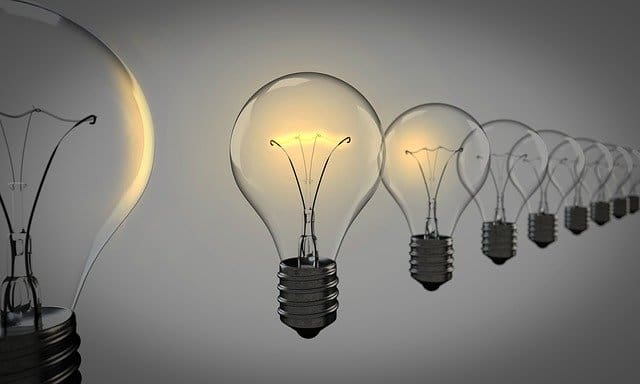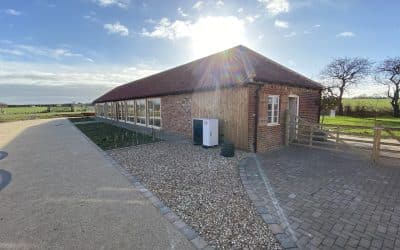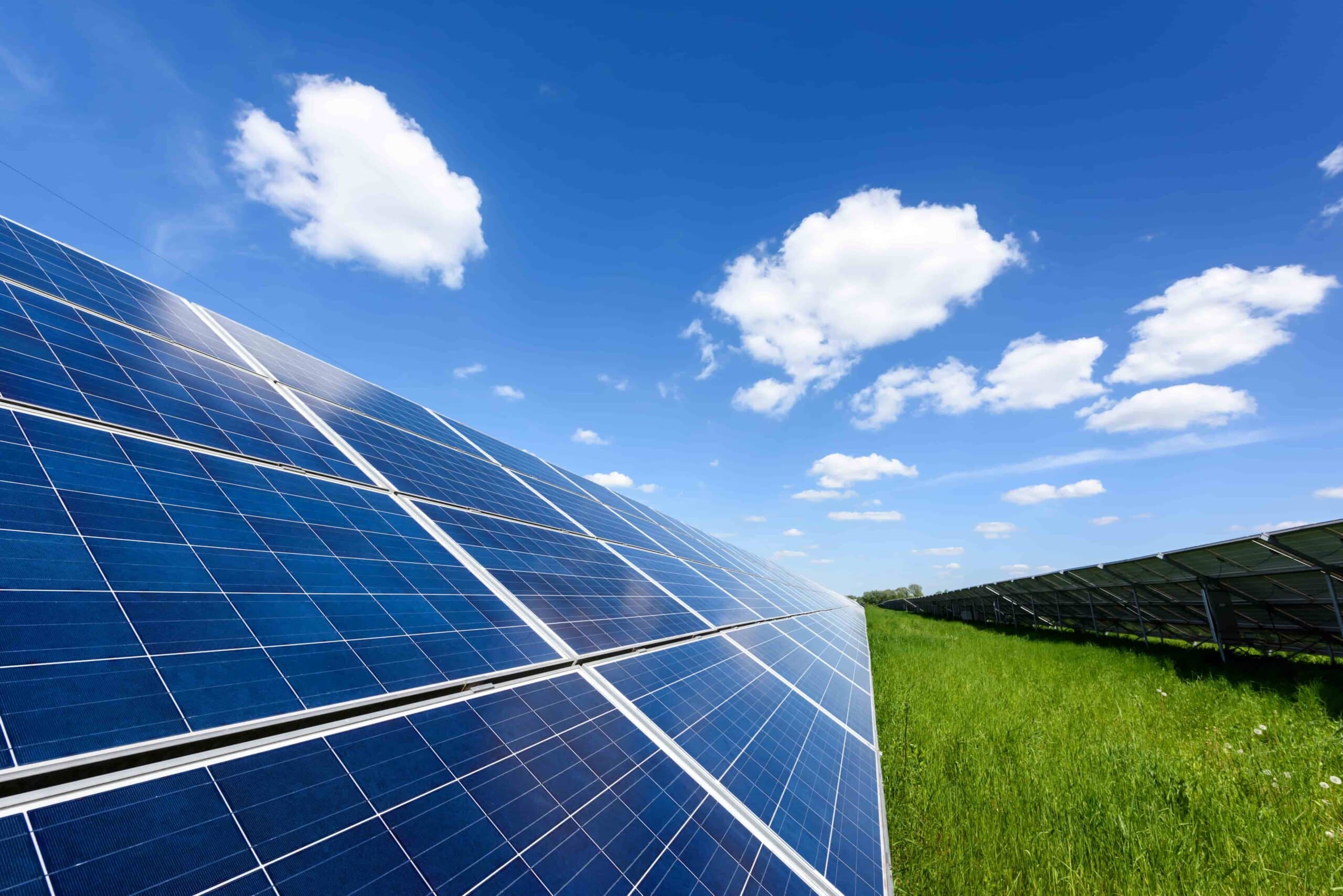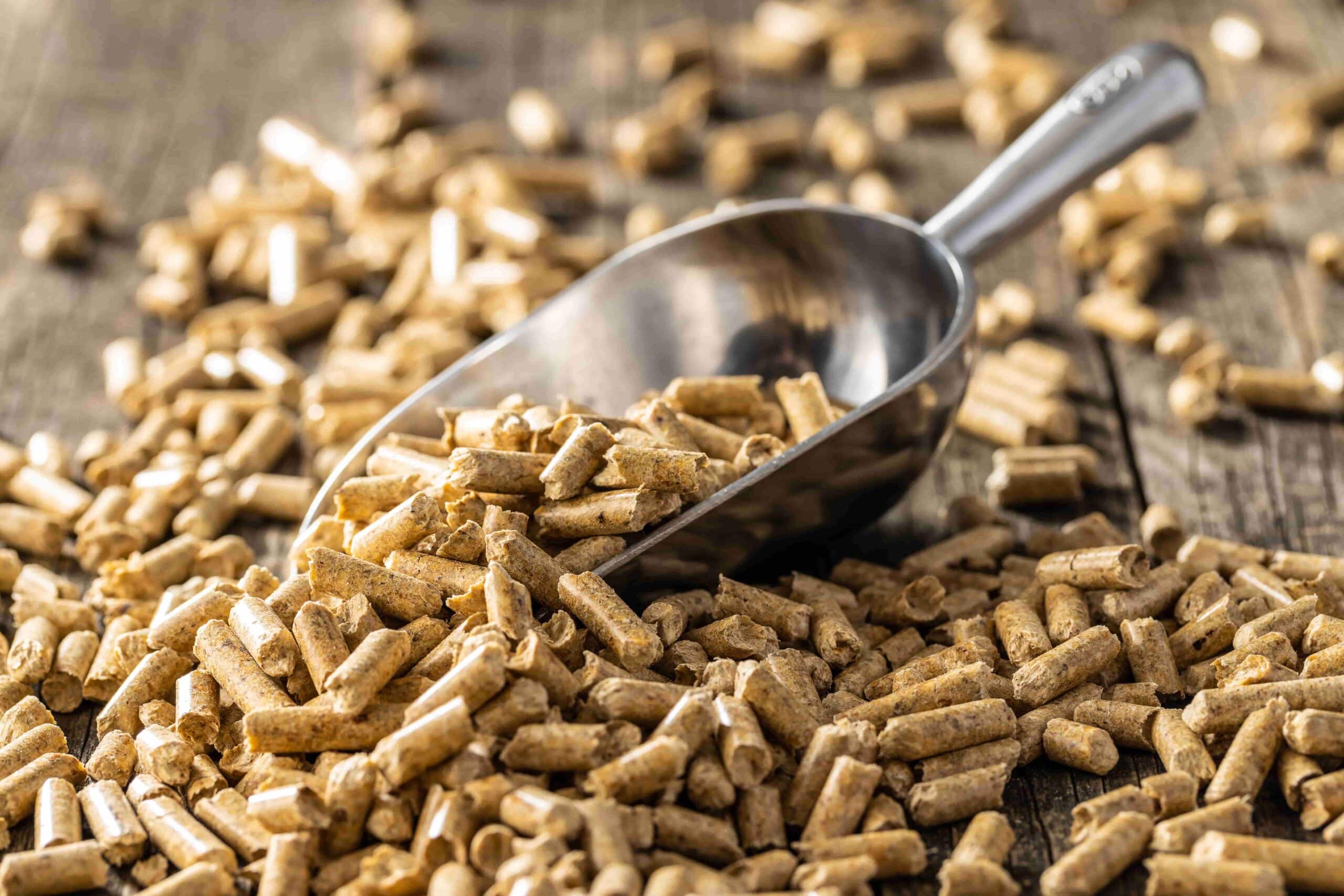If you wish to eliminate all the major energy inefficiencies in your existing home and transform it into a space that’s both efficient and cost-effective, you don’t necessarily have to make huge changes. You have to understand that you cannot go from being inefficient to being an eco-friendly green home in the blink of an eye. You will have to take some steps that will help you be clean, green and efficient. At the same time save you some money while also improving your situation greatly.
Some of the measures that we discuss will cost money. But in the long run, you’ll see how it was a worthy investment that eventually adds to your pool of savings.
Mentioned below are 7 effective steps that can help you transform your home into an environmentally-friendly hub.
1. Target Open Chimneys and Draughts
This will save you some big bucks especially in older properties where there are open chimneys. 15% of the standard energy bill can be attributed to draughts, and this could be more for properties that are much older. Taping and sealing the chimney and draught-proofing your home can recover these costs in under a year. Moreover, you will prevent energy from being wasted as it can no longer escape through the chimney.
2. Install Showerheads with a Low Flow Temperature
Replace your showerheads with their low flow alternatives to save money and energy. These showerheads aerify the water and give you the exact rejuvenating feeling of a shower while using up to 25% less water. You can purchase low flow showerheads for around £25 each not to mention you are likely to reap the return on your investment very quickly.
3. Enhance Loft Insulation
Today, not having loft insulation is extremely rare but when you compare it with modern regulations, almost everyone can benefit from adding an additional layer. Modern building regulations recommend insulation of fibreglass with a thickness of 300mm. This should be more than enough to keep your home snug and comfortable and once you top up the insulation, you can simply forget about it. Most homes can be treated for under £500 and you should be able to recover your money in 2 to 3 years.
4.Install LED lighting Throughout
LED lights are perhaps the most cost-effective alternative to regular lighting and these can be bought online for less than £10. If during the day you or any of your family occupies the house or if you have certain areas in your home that needs a lot of brightness, then without a doubt, LED lights are your go-to option! Depending on the kind of usage you have, it would cost you less than £300 to install the lights and you will be able to earn back the returns on your investment within the first year.
5.Collect Rainwater
If you are into gardening then this low-cost modification is the best option for you. If you collect rainwater properly, you could make considerable savings on metered water. A simple plastic barrel and efficient gutter system will go a long way in collecting rainwater and save money. At the same time, it is the perfect solution to eliminate energy inefficiencies in your home.
6.Switch Your Gadgets Off When Not in Use
Desktop computers left on standby, coffee makers and microwave ovens left idle with the LED clocks running all night long and printers sitting idle consume energy even if they are not being used. Whenever you aren’t using a gadget, it is best to switch it off immediately. If you have plans to go away on a long holiday, you should switch your refrigerator off to save energy. All these small savings will accumulate into a significant amount as you calculate the amount of energy you saved at the end of the year.
7. Install a Heat Pump
Installing air and ground source heat pump in an average home can save around 30-40% on your utility bill. Add to it the domestic RHI (renewable heat incentive) scheme, you can avail tax-free payments from the government distributed over 7 years where you are likely to recover all of the money you have invested in installing the renewable heating system. If we are talking numbers, under the homeowners RHI program, you will be eligible to earn up to 12.5% return on your investment. Additionally, you will singlehandedly bring down the energy inefficiencies in your home.
So as soon you install air/ground source heat pump, get started on your RHI application as well! Additionally, to know more about heat pump installation, click here to get your free quick quote.
And with that, we wrap our list of getting rid of the energy inefficiencies in your home. These 7 steps will help you achieve peak energy efficiency. They help cut down the amount of energy you use and identify the problem areas to improve on. So go ahead and start making an impact on your energy bills right away!
To know more about heat pump installation, get in touch with us today.




